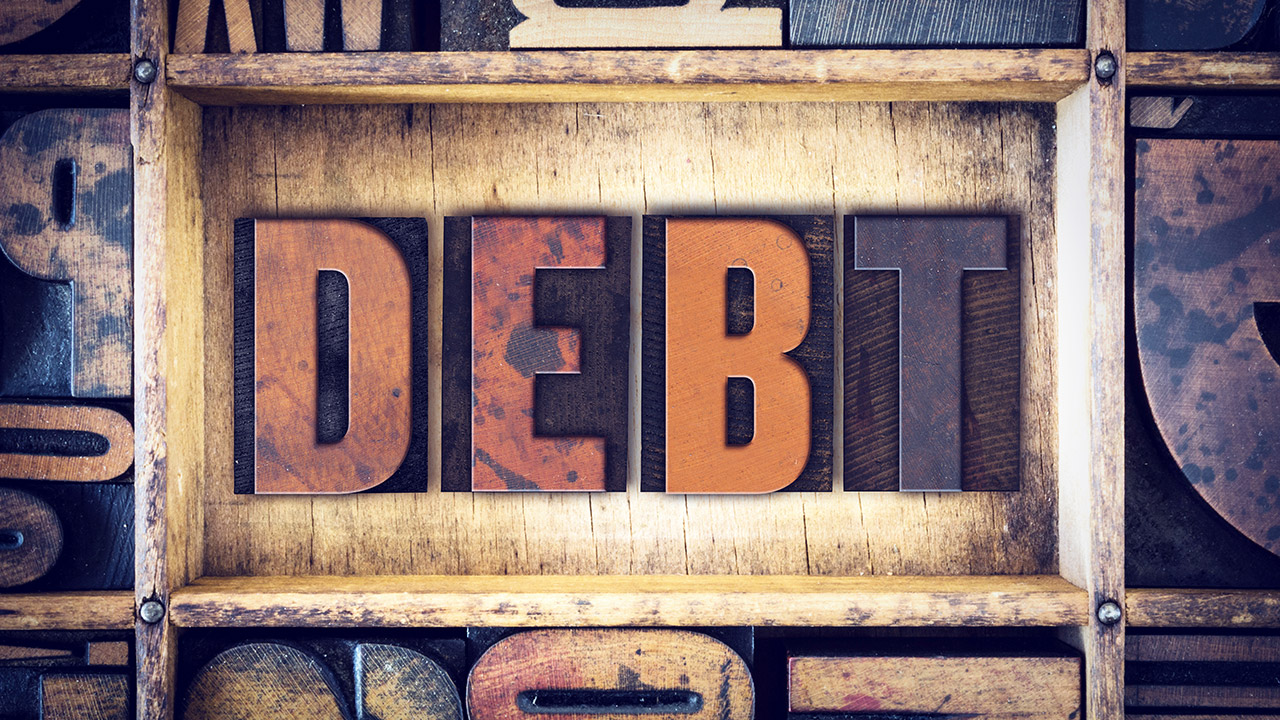Home Equity Loans 101: An Introductory Guide
Have you ever been faced with an extremely large expense? If so, you’ve likely experienced the challenges that come with trying to come up with such a huge amount of liquid cash.
Whether you need to pay for your child’s college education, a major home renovation, or an emergency medical expense, scraping the necessary funds together can be tough, but necessary. But if you currently own a home that you’ve been regularly putting money into via mortgage payments, you just might be able to tap into your home’s equity as a source to fund these major expenses.

What is Home Equity?
Before we dive into home equity loans, it’s helpful to first fully understand what home equity is. Basically, home equity is the difference between the appraised market value of your home and how much you still owe on your mortgage. For instance, if your home has been appraised at $350,000, and you still have $150,000 left to pay on your mortgage, you have $200,000 of equity in your home ($350,000 – $150,000).
The equity will typically increase over time as you continue to pay your mortgage and the value of your home rises.
What is a Home Equity Loan?
A home equity loan is a program that allows homeowners to borrow funds against the equity in their properties. Payments are made each month in addition to the initial mortgage already being paid.
With these types of loans, your home acts as collateral, which means the bank can repossess your home if you default on your second mortgage. If you end up selling your home in the future, you’ll be responsible for paying off both loans with the proceeds of the sale.
Lenders will have to analyze your financial history and credit before you can be approved for a home equity loan. The amount of equity you have in your home, your credit score, and your income will be looked at before a lender determines how much of a loan you can get, as well as the interest rate you’d be charged on your new mortgage.

How Does a Home Equity Loan Work?
Homeowners can typically borrow as much as 85% of the equity in their homes. If approved, you’ll be given the loan in one lump sum to be used to pay for any large expense you’re obligated to pay. Generally, these loans need to be paid off in full within about 15 years or so, depending on the specific terms of the loan.
Just like a conventional mortgage, a home equity loan also comes with its own set of closing costs, including appraisal fees, title search fees, and lender fees. Usually, these closing costs can be anywhere between 3% to 6% of the loan amount.
Using a Home Equity Loan to Consolidate Debt
While home equity loans are often used to cover a large expense, they can also be used to consolidate high-interest debt, such as credit cards. Home equity loans are usually charged a much lower interest rate compared to credit cards, which can charge consumers as much as 20%. Because these rates are so high, a big portion of your monthly payments goes directly to covering interest costs rather than principle.
By taking out a home equity loan, you can use the lump sum of money to completely pay off your credit card debt while enjoying a much lower rate with your second mortgage.

Pros and Cons of a Home Equity Loan
Like many financial arrangements, home equity loans come with their own unique sets of advantages and disadvantages.
Pros – The obvious advantage of a home equity loan is the access to large amounts of cash that would otherwise be unavailable. Since they typically come with lower interest rates compared to credit cards, they can be used to replace higher-interest debt. And speaking of interest, you can deduct the interest portion of the loan come tax time.
Cons – Obviously, the drawback to home equity loans is the risk of losing your collateral if you default on the loan; namely, your home. Your credit score will also take a big hit in this event, which will make it much harder for you to get approved for loans in the future.
What’s the Difference Between a Home Equity Loan and a Home Equity Line of Credit?
Similar to a home equity loan, a home equity line of credit (HELOC) allows money to be borrowed against the equity already built up in your home. However, instead of getting one lump sum of cash, a HELOC works like a credit card whereby you access only a certain amount of money needed at any given time.
Whatever you borrow needs to be paid back on a monthly basis, just like your credit card bill. You’ll be given a limit on how much you can borrow, and take out as little or as much as you need as long as it doesn’t exceed this limit. You’ll be charged interest only on the portion that has been withdrawn, until you pay it back. As the principal is paid back, your credit revolves and you can access the funds again and again until the term of the loan ends.
The Bottom Line
If you’re drowning in high-interest debt or have a massive expense that needs to be paid off, a home equity loan can be a lifesaver. Just make sure you’ve got the financial backing and sufficient equity to protect you from being vulnerable to default.



